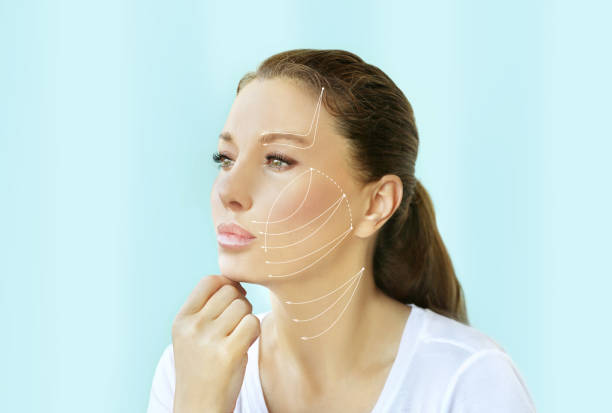Photography is an art form that allows us to capture moments and freeze them in time. Whether you are an amateur photographer or a professional, understanding and mastering composition and lighting techniques is crucial for creating stunning images. In this article, we will explore some key tips and tricks to help you elevate your female empowerment photoshoot skills.
Composition is the arrangement of visual elements within a photograph. It plays a vital role in creating a visually pleasing image. One of the most important composition techniques is the rule of thirds. Imagine dividing your frame into nine equal parts by drawing two horizontal lines and two vertical lines. The intersecting points of these lines are where you should place the key elements of your photograph. This technique helps to create balance and interest in your images.
Another composition technique to consider is leading lines. These are lines within your photograph that lead the viewer’s eye to a specific point of interest. Leading lines can be found in various elements such as roads, buildings, or natural formations. By incorporating leading lines into your composition, you can create depth and guide the viewer’s gaze to the focal point of your image.

Framing is another composition technique that can add interest and depth to your photographs. By using elements within the scene to frame your subject, you can create a sense of context and draw attention to the main subject. This technique can be achieved by using doorways, windows, or natural frames like branches or leaves. Experiment with different framing techniques to create visually captivating images.
Now let’s shift our focus to lighting techniques. Lighting is a crucial element in photography, as it can dramatically affect the mood and atmosphere of your images. The most common lighting techniques in female empowerment photoshoot are natural light, artificial light, and using reflectors.
- Natural light can create beautiful and soft lighting conditions, especially during golden hour (the hour after sunrise or before sunset). During this time, the light is warmer and diffused, resulting in a soft glow. Utilize this time of day to capture stunning portraits or landscapes.
- Artificial light, on the other hand, allows you to have full control over the lighting conditions. Studio lighting, flash photography, or even simple household lamps can be used to create a desired lighting setup. Experiment with different light sources and positions to achieve the desired effect.
- Reflectors are a handy tool in photography, especially when working with natural light. They help bounce light onto your subject, filling in shadows and creating a more balanced exposure. Use reflectors to add highlights, warmth, or coolness to your images.
In conclusion, mastering composition and lighting techniques is crucial in photography. Composition helps create visually pleasing and balanced images, while lighting techniques allow you to control the mood and atmosphere of your photographs.











